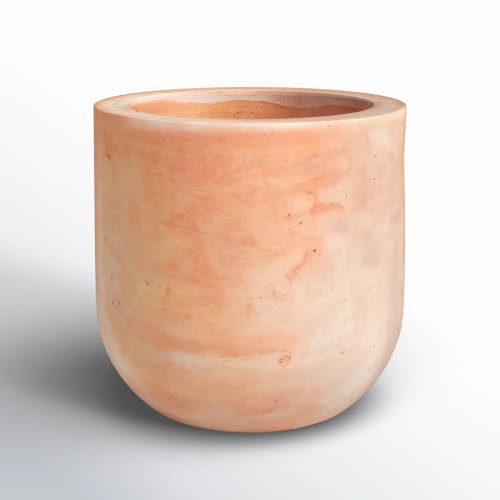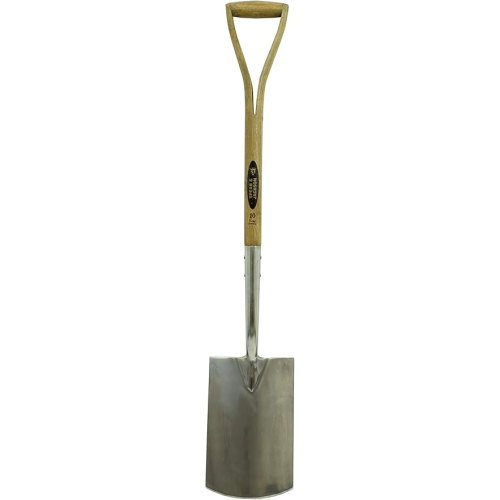I’ve dealt with invasive, thuggish plants as a professional gardener, and these are 5 plants I’ll never grow again in my beds or borders
It can be a real challenge to remove some of these plants completely


I saw a lot of things during my years as a professional gardener, and thankfully, the vast majority of the time it was a thoroughly enjoyable career. It is a glorious profession to have, but sometimes it can be a test of patience if you have to deal with dubious planting choices.
As I worked in both large, historic public gardens in the UK and private walled kitchen gardens, I tended to a vast array of plants, both ornamental and edible. This included dealing with invasive plants, thuggish species, and those that are difficult to remove once established.
Those experiences taught me valuable lessons about picking the right plants and also knowing which ones to avoid. I have picked five plants I’d never plant again, given what I know, and explain why adding them to your flower beds or vegetable gardens would be a mistake. I do wonder if any of the ones I battled are still in those gardens to this day?

5 plants I’d never grow again
Unfortunately, there are problematic plants of every type, from invasive climbers to invasive bulbs and much more in between.
Many potentially troublesome plants are also commonly available in garden centers, nurseries, and online. So it can be easy to unwittingly make life difficult, as these plants can grow vigorously and potentially get out of control.
Here are five plants I'd never grow again, and would advise against planting, along with some better options to consider.
1. Japanese anemone
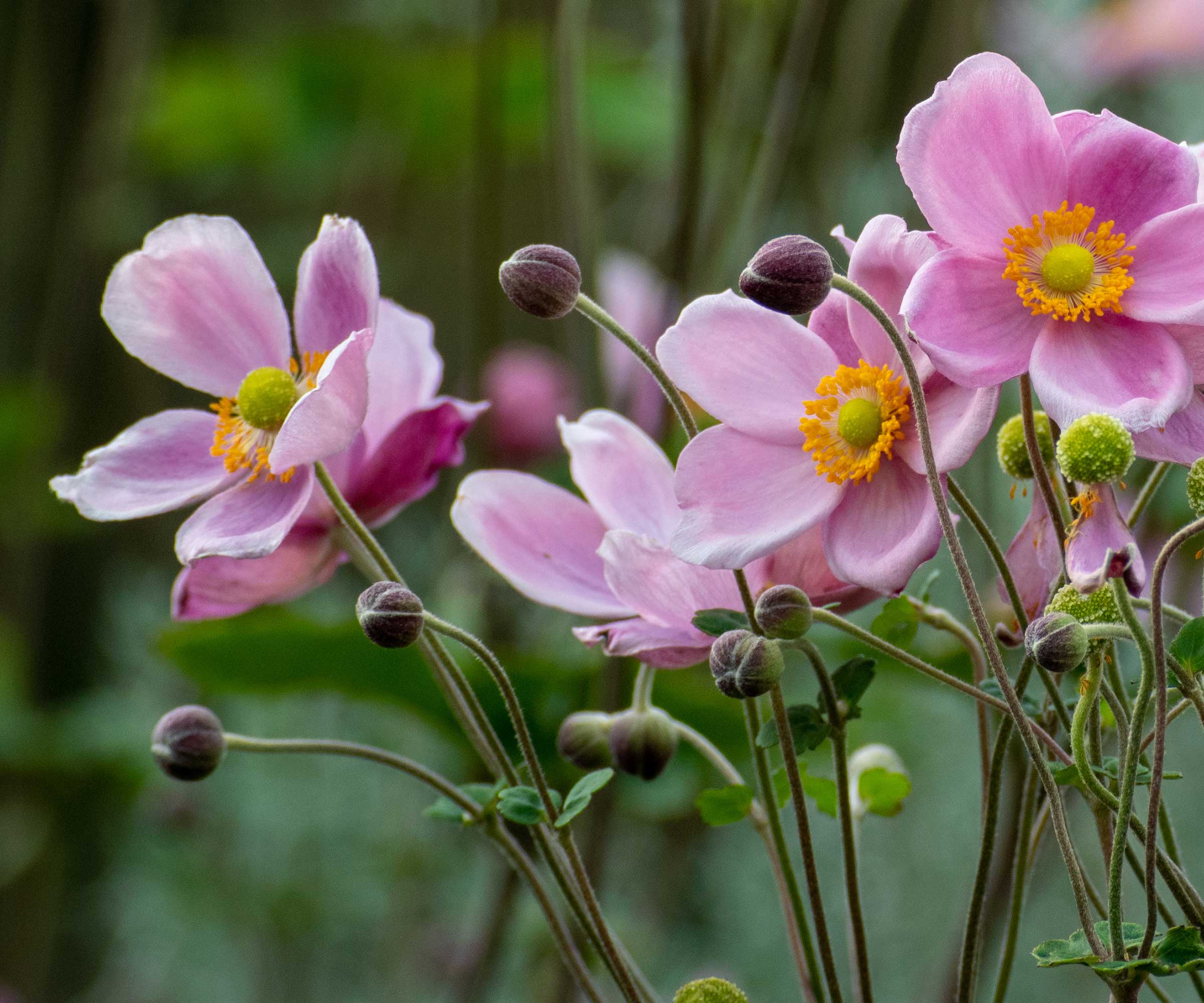
Japanese anemones are popular fall-flowering perennials to add late-season interest to flower beds with their pink and white blooms.
Design expertise in your inbox – from inspiring decorating ideas and beautiful celebrity homes to practical gardening advice and shopping round-ups.
While they are beguiling, they have an aggressive spreading habit when established. The plants spread through underground rhizomes and can become invasive perennials that outgrow their space and dominate other plants.
It is a double-whammy attack from Japanese anemones, too. On top of their spreading rhizomes, the plants also self-seed to produce new plants and expand their presence.
Japanese anemones thrive in full sun and rich soil. When their ideal requirements are met, they grow prolifically and can quickly get out of control. Clumps need to be regularly lifted and divided to control the spread.
And, as Japanese anemones can regrow from any pieces of root left in the soil, they can be hard to remove once established.
A native alternative to the Japanese anemones may be the New England Aster, which produces masses of late-season flowers and can be grown in US hardiness zones 3-8. You can get live plants like this ‘Purple Dome’ New England Aster at Nature Hills.
2. Chinese lantern
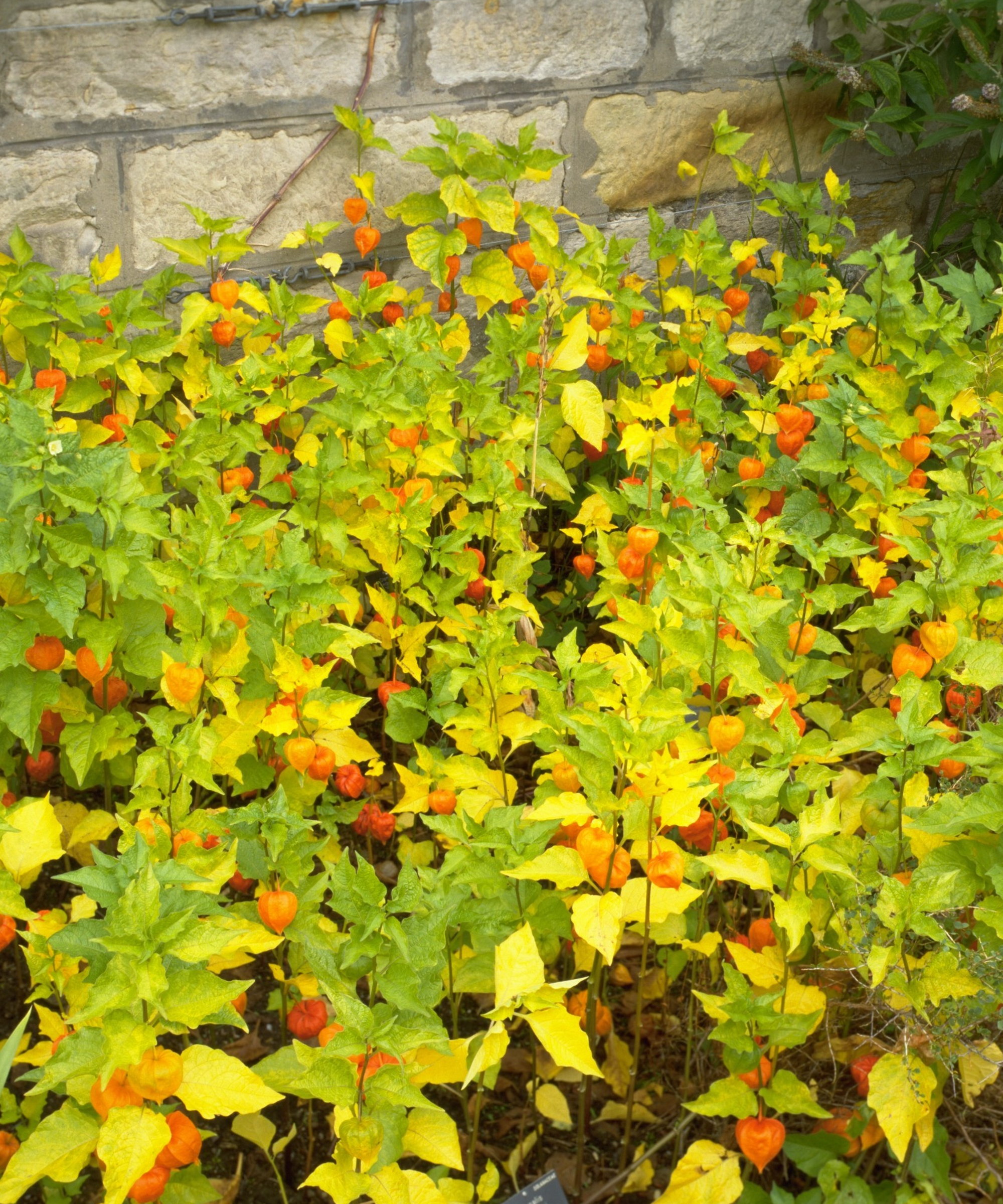
Chinese lantern plants (Physalis alkekengi) are perennials that produce white flowers in summer, but are known and named after the distinctive papery coverings that the blooms develop into to surround the orange-red berries in the fall.
They are unique, attractive plants for any flower bed, and the heads are spectacular as dried flowers. However, the plants spread quickly through underground rhizomes, and sadly, they are ground covers I'll never plant again.
The clumps can extend and dominate an area, and new plants can pop up far away from where the original clump started. You want to leave the heads on the plant to enjoy, but this also exacerbates the risk of unwanted extra plants, as Chinese lantern plants can self-seed readily.
Another of the Physalis genus I would also advise against planting is Cape Gooseberry (Physalis peruviana). It can rapidly spread in warmer climates and is a prolific self-seeder, with each plant capable of dispersing hundreds of seeds that will sit viable in the soil for many years.
3. Horseradish
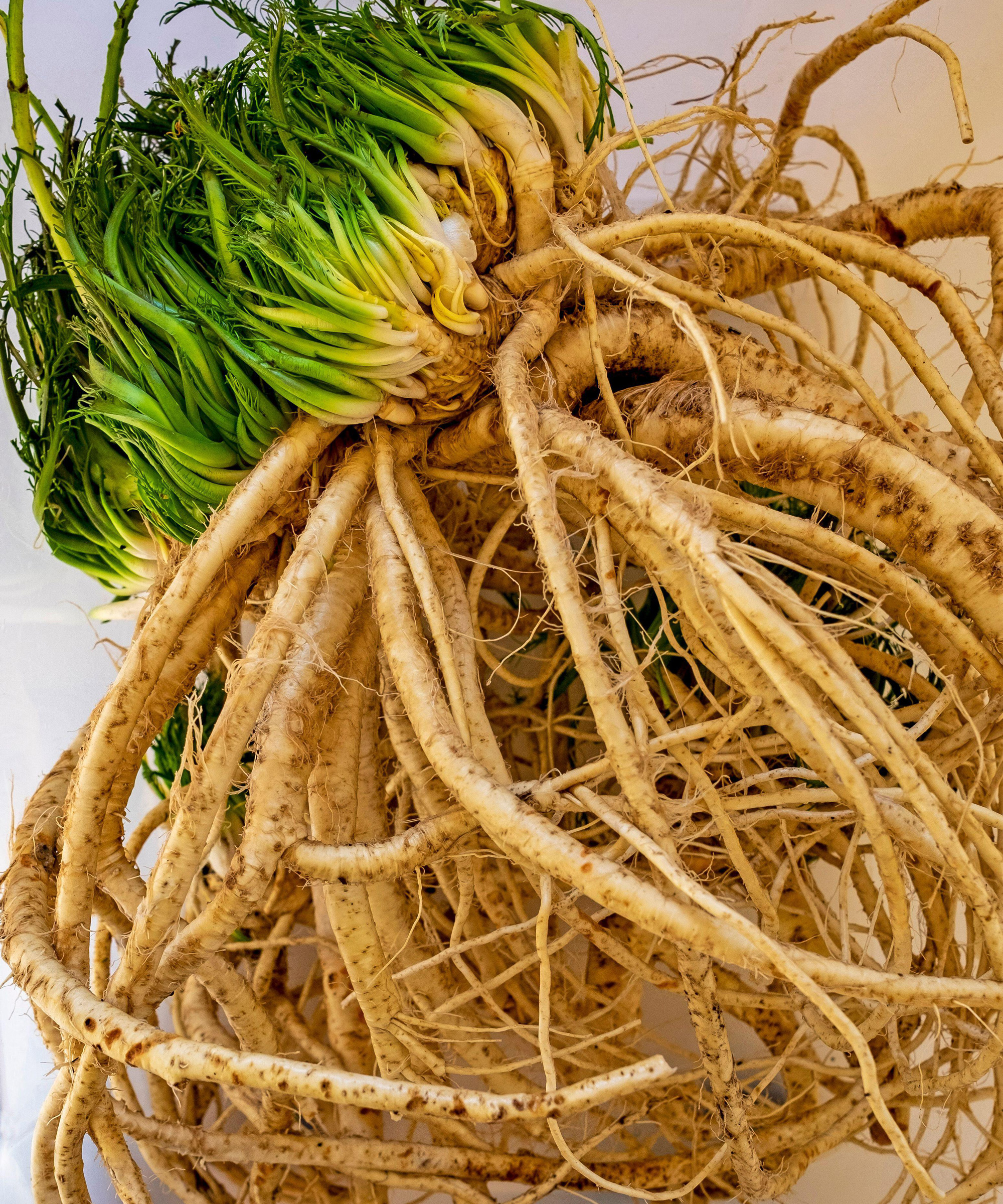
When I was a kitchen gardener growing vegetables for a restaurant, horseradish was one crop cultivated in the walled kitchen garden. I saw first-hand how vigorous it was, plus how difficult it is to get rid of if you want to.
There were many clumps planted around the garden. I decided most of it was unnecessary and wanted it removed. However, no matter how often I dug and thought I’d seen the last of it, there it was popping back up again.
Here’s why. Horseradish is a vigorous grower; it produces deep and spreading roots (which can reach 10 feet tall if the clump is left undisturbed for several years), and it can regrow from any section of root left in the ground, even the tiniest pieces. It makes horseradish a nightmare to get rid of once established in the soil.
If you harvest horseradish regularly, you can keep on top of the spreading. But we weren’t harvesting anywhere near enough to make a dent in the clumps. If you do want to grow horseradish, it is safer to cultivate it in containers.
4. Cherry laurel
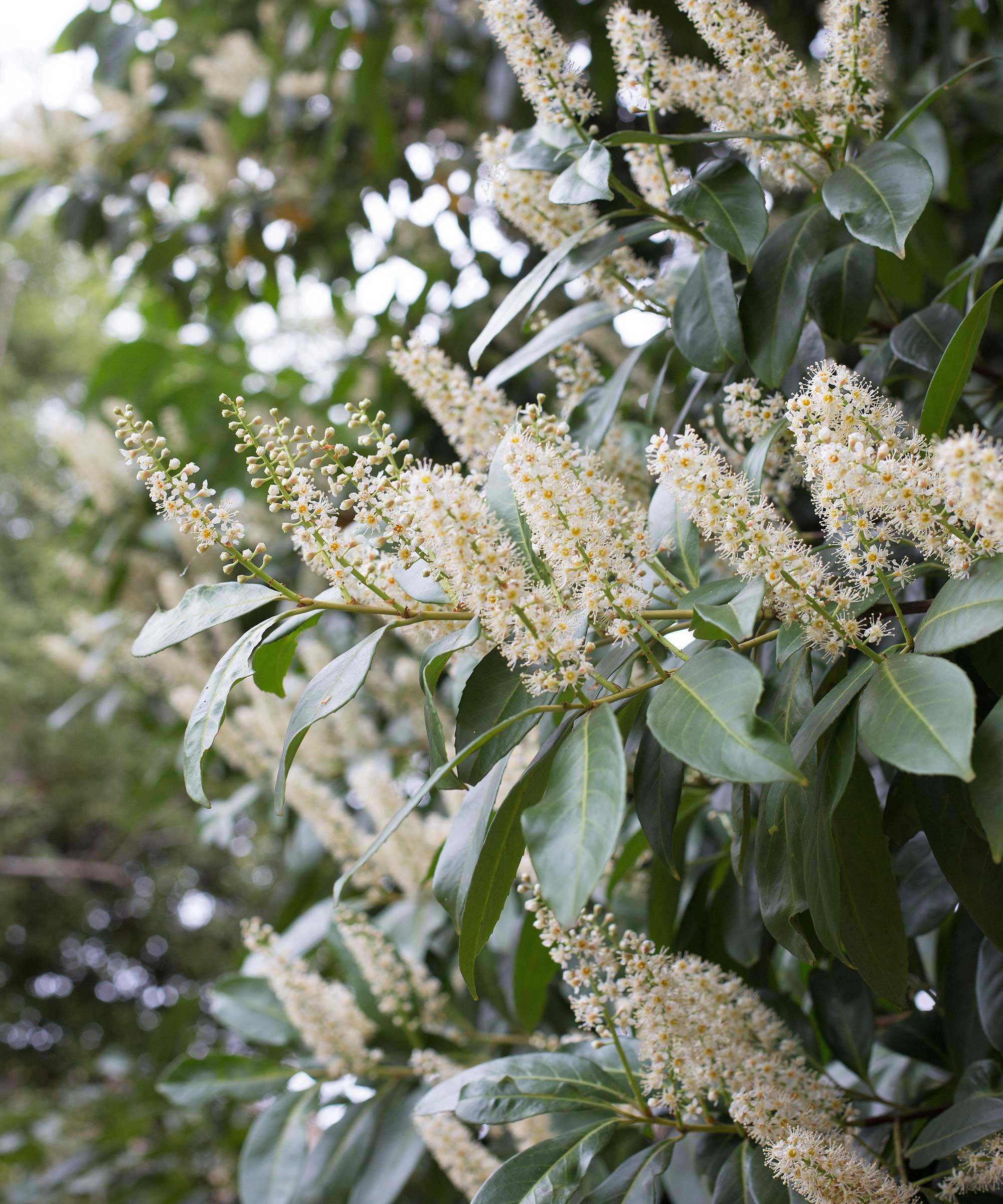
Cherry laurel is a tough, fast-growing shrub that can grow up to three feet per year. It is popular among many gardeners for a privacy hedge or screen; however, it can become a real thug unless regularly managed.
Such management includes regularly pruning laurel to keep it contained and stop the shrub from forming dense clumps that deprive other plants of light, space, and nutrients.
I would never plant cherry laurel, as I have spent long periods during my gardening career pruning laurel shrubs. There were multiple large sections of laurel in one historic garden I worked in, and we spent several months each year painstakingly trimming them by hand with pruning shears.
As well as being an invasive hedge plant to avoid, cherry laurel also produces lots of berries, and these are toxic to pets. As a dog owner, I avoid planting any plants that are poisonous to dogs and opt for dog-friendly plants instead.
Instead of cherry laurel, Thuja plicata, also known as Western Red Cedar, can provide evergreen screening while being safe for pets. You can get live Thuja plicata plants at Walmart.
Mint
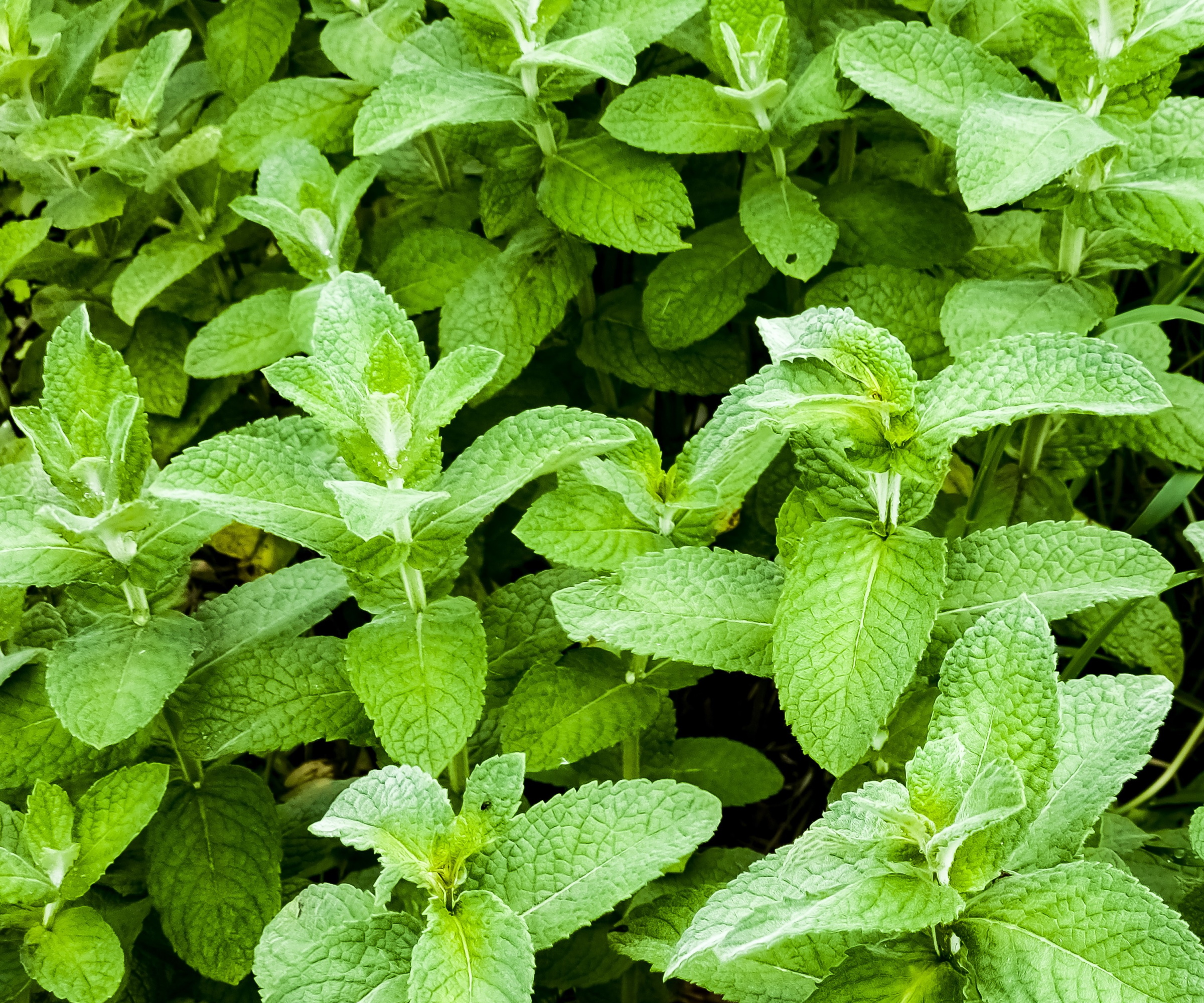
This isn’t a scenario in which I planted mint, but a reminisce of inheriting a garden where someone had planted mint into borders, and the fun that ensued trying to eliminate it. If you are aware of mint’s reputation, you can already guess where this is going.
There were several sections of mint growing in borders around a walled garden planted by a predecessor. These various clumps had spread over time and started to overpower the plants around them. While the smell and number of pollinators the mint brought in were impressive, the clumps were nothing but trouble and needed to go.
What proceeded was a lot of digging and sifting through the soil. It was exhausting attempting to remove the clumps and painstakingly dig out every last piece of roots to stop the plant from reappearing.
You always hear gardeners tell you that mint is an invasive plant that spreads rapidly, and you should listen to them. Don’t think it’ll be fine, even in a small corner, as mint can spread by long-reaching runners to take over new areas.
If you do want to grow mint, plant it in a pot. Whether you keep that container in a dedicated herb garden or plant the pot into the soil to keep the mint contained, it stops the herb from spreading and popping up in places you don’t want it.
There are many other shrubs to avoid, but a special mention to bamboo, as you can’t mention plants you should never plant without discussing bamboo. I’ve never planted it and never really had to deal with it in a garden, but I know the dangers are real.
If you want to grow bamboo, plant it in large containers or create barriers to stop bamboo from spreading. These precautions are vital because, unfortunately, bamboo vigorously spreads, taking over areas and popping up in unwanted places. And it can be difficult to get rid of, so take heed.
Essential gardening kit

Drew has worked as a writer since 2008 and was also a professional gardener for many years. As a trained horticulturist, he worked in prestigious historic gardens, including Hanbury Hall and the world-famous Hidcote Manor Garden. He also spent time as a specialist kitchen gardener at Soho Farmhouse and Netherby Hall, where he grew vegetables, fruit, herbs, and cut flowers for restaurants. Drew has written for numerous print and online publications and is an allotment holder and garden blogger. He is shortlisted for the Digital Gardening Writer of the Year at the 2025 Garden Media Guild Awards.
